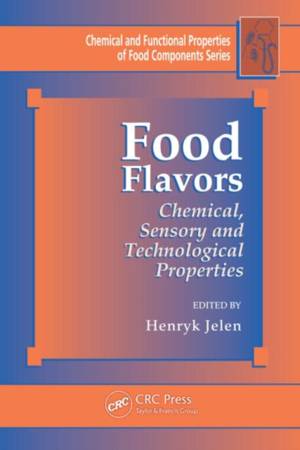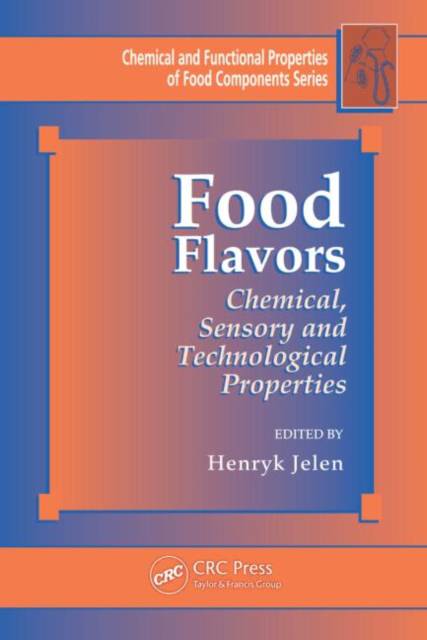
- Retrait gratuit dans votre magasin Club
- 7.000.000 titres dans notre catalogue
- Payer en toute sécurité
- Toujours un magasin près de chez vous
- Retrait gratuit dans votre magasin Club
- 7.000.0000 titres dans notre catalogue
- Payer en toute sécurité
- Toujours un magasin près de chez vous
Food Flavors
Chemical, Sensory and Technological Properties
Description
Food flavor, appearance, and texture are the sensory properties that influence food acceptance, and among these, flavor is usually the decisive factor for the choice of a particular product. Food Flavors: Chemical, Sensory, and Technological Properties explores the main aspects of food flavors and provides a starting point for further study in focused areas.
Topics discussed include:
- The nature of food odorants and tastants and the way they are perceived by the human olfactory system
- Basic anatomy and physiology of sensory systems involved in flavor sensation, olfactory pathways, and interactions between olfactory and gustatory stimuli
- The fundamentals of flavor compounds formation based on their main precursors (lipids, amino acids, and carbohydrates)
- Technological issues related to flavor compounds
- Physicochemical characteristics of aroma compounds and the main factors that influence aroma binding and release in foods
- Safety and regulatory aspects of flavorings used in foods
- Flavors of essential oils and spices, cheeses, red meat, wine, and bread and bakery products
- Food taints and off-flavors
- Analytical approaches to characterize food flavors
The book also explores the latest technology in artificial olfaction systems with a chapter on the main physical and chemical features of these sensors. Bringing together the combined experience of a host of international experts, the book provides insight into the fundamentals of food flavors and explores the latest advances in flavor analysis.
Spécifications
Parties prenantes
- Editeur:
Contenu
- Nombre de pages :
- 504
- Langue:
- Anglais
- Collection :
Caractéristiques
- EAN:
- 9781439814918
- Date de parution :
- 25-10-11
- Format:
- Livre relié
- Format numérique:
- Genaaid
- Dimensions :
- 157 mm x 236 mm
- Poids :
- 839 g

Les avis
Nous publions uniquement les avis qui respectent les conditions requises. Consultez nos conditions pour les avis.





